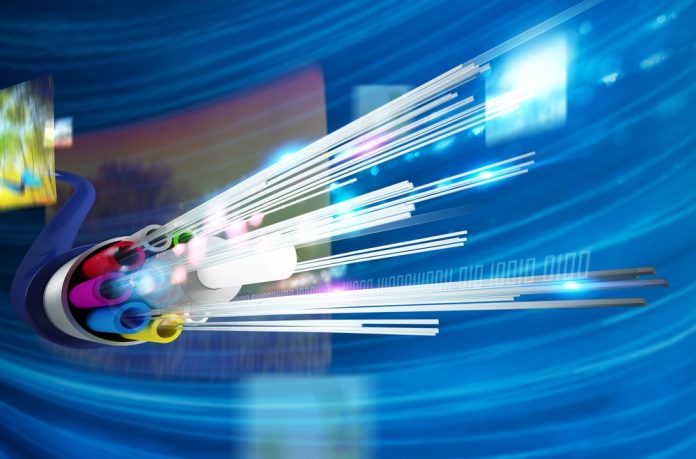Technology is changing at a much faster rate than we are. Doesn’t it feel like we’re always catching up to it while the latest evolutions and innovations are always one step ahead? Well, at least for me, it definitely felt like it when I was choosing my new broadband connection.
I for one thought it was a simple internet connection with a few packages and deals to choose from based on my needs and budget and that was it. But it turns out, that this is definitely not the case. Once I entered the world of broadband, at first, quite frankly it was overwhelming. So after researching quite a bit into what’s available out there and what are the differences, we thought it would be a good idea to help fellow broadband hunters and tech enthusiasts by providing a simple breakdown of the types of broadband connections available today.
It is a good idea to have your preferences in mind and your individual needs to help with choosing the best type of broadband.
Superfast Fibre Optic Broadband
As the name suggests, Fibre optic broadband delivers the internet through fibre optic cables. These cable connections use fibre optic between the telephone exchange, all the way to your street cabinet, but after that, they use copper to reach to your doorstep and your router. They deliver download speeds of over 24 Mbps and come with 3 connection speeds to choose from. This can be a suitable internet option for a home office.
Ultrafast & G. Fast Broadband
Ultrafast broadband averages speed exceeding 100 Mbps while G. Fast connections can go up to 300 Mbps. The main difference is Ultrafast uses FTTP (Fibre To The Premises) meaning that the cable uses fibre optic all the way to your home. G. Fast uses fibre optic/copper phone line hybrids like the FTTC but uses different frequencies over the same infrastructure.
You’ll have to check with your postcode if a G.Fast connection is available in your area through GPON.
ADSL or Standard Broadband
The original broadband of the UK, ADSL or standard broadband uses copper wires of the landline phone network and averages speeds between 10 and 11 Mbps. The downside to these is if you live further away from the exchange, the distance in between will dwindle broadband speeds.
Broadband & TV Bundles
If you are a television enthusiast, it will be a good idea if you check with your ISP for combo deals and many ISPs bundles together connections with Live as well as On-demand TV packages. Triple Play is also available meaning you can get TV, Landline as well as Broadband from the same provider.
Final Thoughts
Before deciding which provider to go with, do a quick evaluation of your needs and the kind of packages you are after and start by comparing broadband options available to your postcode. This will not only save time but also give you a bird’s eye view of what’s available and you can choose from the best providers and as per your budget with the full confidence of having made an informed decision.
Find a Home-Based Business to Start-Up >>> Hundreds of Business Listings.

















































